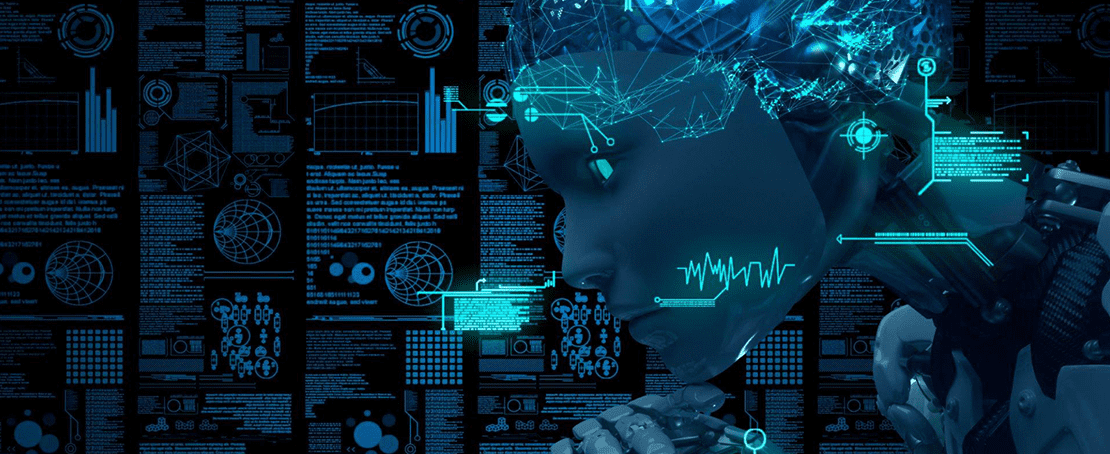- February 15, 2024
- Posted by: Nizamuddin M
- Category: Data & Analytics

The desire for data is like an endless hole in the world of data and analytics today. The big data analytics business is predicted to reach $103 billion this year, and 181 zettabytes of data will be produced by 2025.
Despite massive data being generated, access to and availability remains a problem. Although public databases partially address this issue, certain dangers are still involved. One of them is bias caused by improper usage of data sets. The second difficulty is requiring different data to train the algorithms and satisfy real-world requirements properly. The quality of the algorithm will also be impacted by data accuracy. It is regulated to preserve privacy and might be expensive to obtain.
These problems can be resolved by using synthetic data, which enables businesses to quickly produce the data sets required to satisfy the demands of their clients. Gartner predicts that by 2030, synthetic data will likely surpass actual data in AI models, even though accurate data is still regarded as superior.
Decoding the Exceptional Synthetic Data
So, what do you get when we say synthetic data? At the forefront of modern data-driven research, institutions like the Massachusetts Institute of Technology (MIT) are pioneering the utilization of synthetic data. Synthetic data refers to artificially generated datasets that mimic real-world data distributions, maintaining statistical properties while safeguarding privacy. This innovative approach ensures that sensitive information remains confidential, as exemplified by MIT’s creation of synthetic healthcare records that retain essential patterns for analysis without compromising patient privacy. This technique’s relevance extends to various domains, from machine learning advancements to societal insights, offering a powerful tool to unlock valuable knowledge while upholding data security and ethical considerations.
Using synthetic data, new systems can be tested without live data or if the data is biased. Small datasets not being used can be supplemented, and the accuracy of learning models can be improved. Synthetic data can also be used when real data cannot be used, shared, or moved. It can create prototypes, conduct product demos, capture market trends, and prevent fraud. It can even be used to generate novel, futuristic conditions.
Most importantly, it can help businesses comply with privacy laws, mainly health-related and personal data. It can reduce the bias in data sets by providing diverse data that reflects the real world better.
Use Cases of Synthetic Data
Synthetic data can be used in different industries for different use cases. For instance, computer graphics and image processing algorithms can generate synthetic images, audio, and video that can be used for training purposes.
Synthetic text data can be used for sentiment analysis or for building chatbots and machine translation algorithms. Synthetically generated tabular data sets are used in data analytics and training models. Unstructured data, including images, audio, and video, are being leveraged for speech recognition, computer vision, and autonomous vehicle technology. Financial institutions can use synthetic data to detect fraud, manage risks, and assess credit risk. In the manufacturing industry, it can be used for quality control testing and predictive maintenance.
Also read: The Transformative Impact Of Generative AI On The Future Of Work.
Generating Synthetic Data
How synthetic data is generated will depend on the tools and algorithms used and the use case for which it is created. Three of the popular techniques used include:
Technique #1 Random Selection of Numbers: One standard method is randomly selecting numbers from a distribution. Though this may not provide insights like real-world data, the data distribution matches it closely.
Technique #2 Generating Agent-based Models: Unique agents are created using simulation techniques to enable them to communicate with each other. This is especially useful in complex systems where multiple agents, such as mobile phones, apps, and people, are required to interact with each other. Pre-built core components and Python packages such as Mesa are used to develop the models quickly, and a browser-based interface is used to view them.
Technique #3 Generative Models: Synthetic data replicating real-world data’s statistical properties or features is generated using algorithms. Training data learns the statistical patterns and relationships in the data and generates new synthetic data similar to the original. Generative adversarial networks and variational autoencoders are examples of generative models.
The model quality should be reliable to ensure the quality of synthetic data. Additional verification is required and involves comparing the model results with the real-world data that has been annotated manually. Users must be sure that the synthetic data is not misleading, reliable, and 100% fail-safe for privacy.
Synthetic Data with Databricks
Databricks offers dbldatagen, a Python library, to generate synthetic data for testing, creating POCs, and other uses such as Delta Live Tables pipelines in Databricks environments. It helps to:
● Create unique values for a column.
● Allow templated text generation based on specifications.
● Generate data from a specific set of values.
● Generate weighted data in case of repeating values.
● The data generated in a data frame can be written to storage in any format.
● Billions of rows of data can be generated quickly.
● A random seed can be used to generate data based on the value of other fields.
To learn more about Indium Software, please visit
